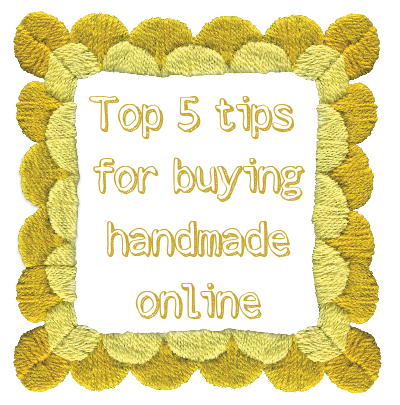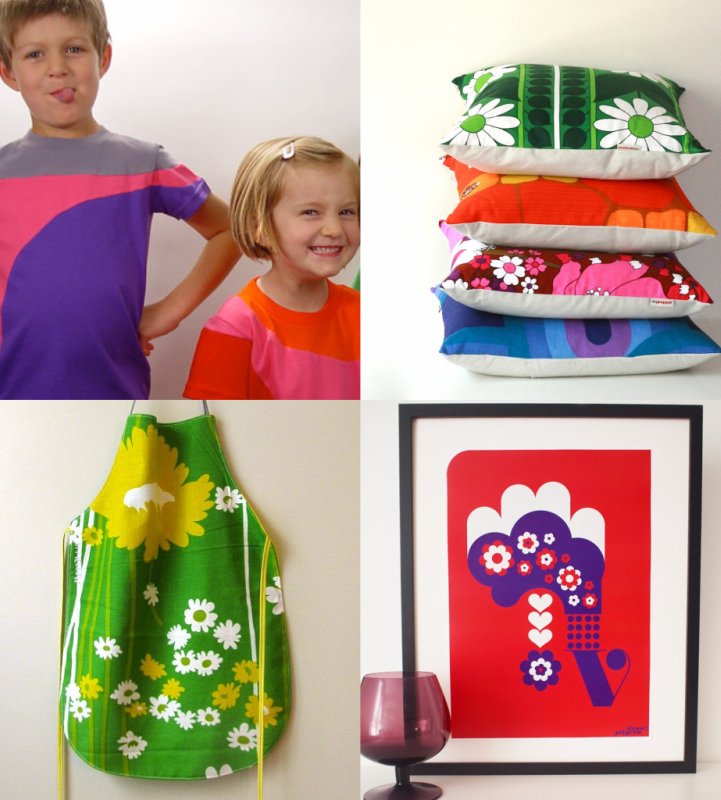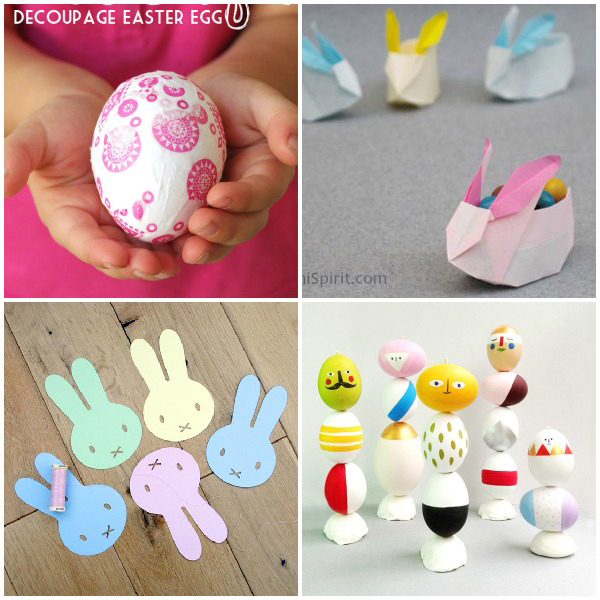With an explosion of online marketplaces catering especially for handmade goods, small independent sellers are gaining more exposure than ever to sell their products which is fantastic! Most transactions with handmade sellers are happy ones but sometimes you can run into problems. Keep my 5 top tips in mind for making sure your next handmade purchase is a breeze.
- Childrens clothing sizing varies greatly and can be a little vague, especially items labelled 0-2 or 3-4. As a mum of two girls, mine had massive growth spurts during those years and their wardrobe needing updating in size almost every six months. So I would be weary of such vague sizing when it comes to general clothing items. If you are not sure of the sizing ask the maker for some measurements.
- What is the makers return policy? Can you exchange for another size if its wrong? How much will it cost in postage to return? Keep in mind that handmade childrens clothing is not mass produced so only limited sizing may be available. A seller should have this information in their policy section or by happy to offer it upon being asked.
- Care instructions. All products sold in Australia must come with care instructions. Where possible try to view these prior to making your purchase. Will it wash well? Can you throw it in the machine with the rest of the washing or does it need to be washed separately or even hand washed?
- Large market places such as Etsy and Madeit have an option for you to contact the maker and offer a feedback system. This gives you a good indication of the sellers ethics. If you are buying from a Facebook page, be extremely careful. Do they have their contact details, including their name in full, prominently displayed. Remember that admin can remove all negative feedback from a facebook page. Paypal is a safer bet to pay for handmade goods on a facebook page than direct deposit.
- Many handmade sellers put a standard warning when items with small parts are not suitable for Children under 3. You need to be very careful when purchasing items such as hair accessories and demonstrate general common sense when your child uses these types of products.
This guest post was written by Jodie Maloni of The Haby Goddess – a place for all things sewing and craft.





HI,
i think you need to clarify points in this as number three is incorrect in stating that all products sold have to come with care instructions – maybe for clothes but not much else – and even then reversible clothes don’t need it sewn on rather just on a tag – this post seems to be very generalising.
Hi Babee Blocks, you are right, this post is just a general over view of some things to keep in mind when purchasing online from handmade sellers. We could write a whole post covering each point in detail and in reference to your point below, there are many more points I could of covered but it was just my top 5 this time round. Here is a link in relation to care labels which may clarify this point a little more. http://www.productsafety.gov.au/content/index.phtml/itemId/971636.
thanks Jodie – i didn’t want to start anything but i particularly found the point about care labels misleading as its simply incorrect and as someone who makes and sells things none of which require care labels i feel it needed to be clarified what you are referring to thats all. 🙂 thanks
also there are no points about payments and communication which can be a big hassle in buying handmade both for the seller and buyer…
Thanks for your comments, perhaps Jodie (the writer of this post), could clarify this point